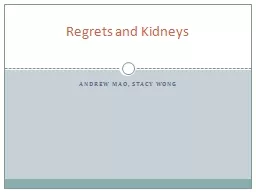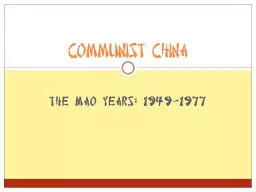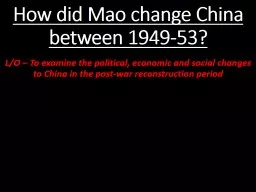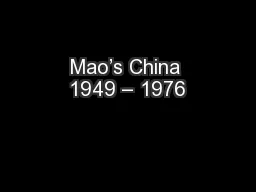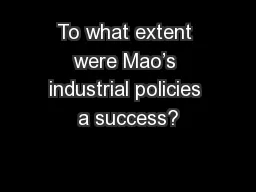PPT-Andrew Mao, Stacy Wong
Author : tatiana-dople | Published Date : 2015-11-06
Regrets and Kidneys Intro to Online Stochastic Optimization Data revealed over time Distribution of future events is known Under time constraints Limits amount
Presentation Embed Code
Download Presentation
Download Presentation The PPT/PDF document "Andrew Mao, Stacy Wong" is the property of its rightful owner. Permission is granted to download and print the materials on this website for personal, non-commercial use only, and to display it on your personal computer provided you do not modify the materials and that you retain all copyright notices contained in the materials. By downloading content from our website, you accept the terms of this agreement.
Andrew Mao, Stacy Wong: Transcript
Download Rules Of Document
"Andrew Mao, Stacy Wong"The content belongs to its owner. You may download and print it for personal use, without modification, and keep all copyright notices. By downloading, you agree to these terms.
Related Documents

